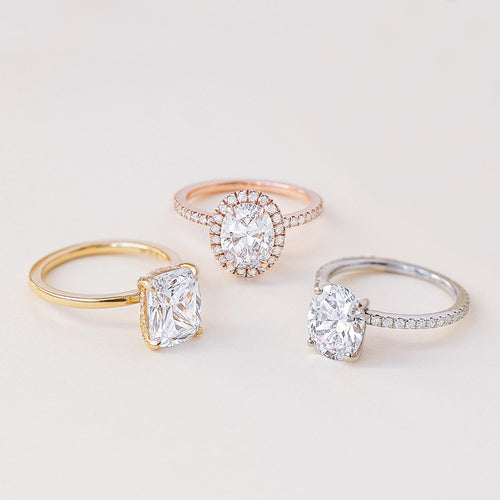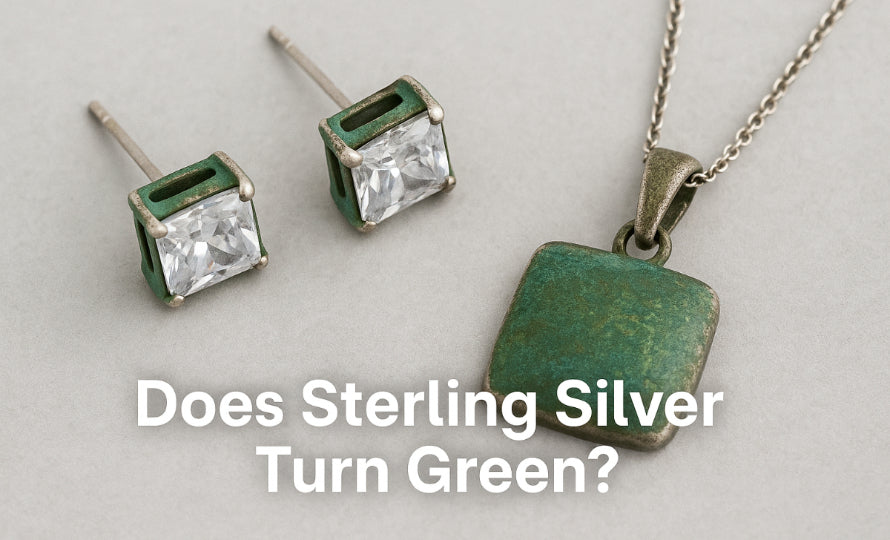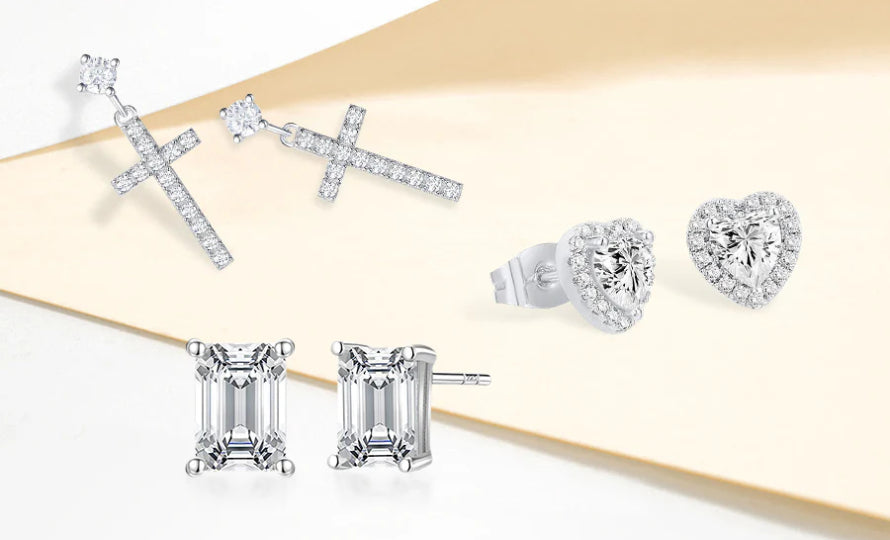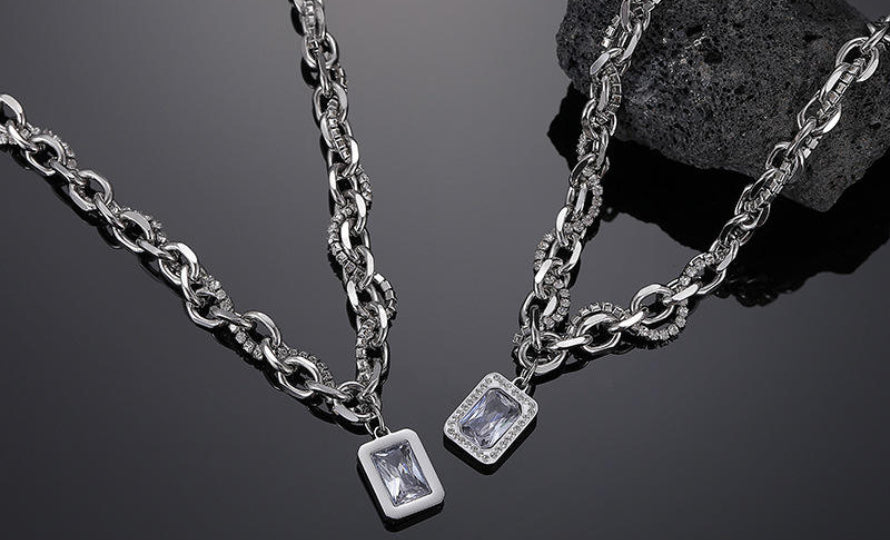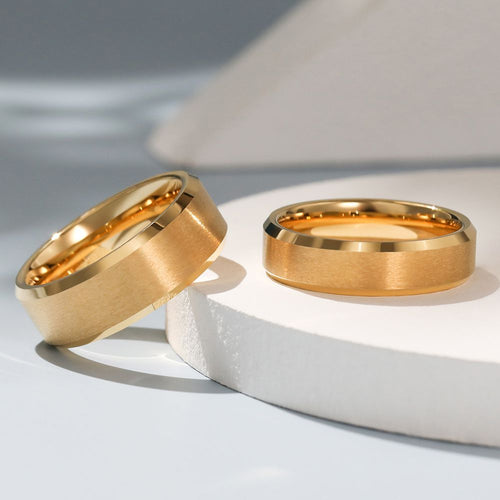The discussion and dispute between laboratory-grown diamonds and natural diamonds has always been a hot topic. The key is that there is a variety of information that interferes and even confuses people on how to choose between the two. In the past, capitalists tied diamonds with love. , causing the price of diamonds to soar. In fact, people who understand the nature of diamonds know that it is just pure carbon and should not be given such a high value. However, its status is rooted in people's consciousness. In fact, both has its unique attributes and market position. In this predictive analysis, we’ll delve into the future of both types of diamonds, revealing their differences, similarities, and addressing your distractions.
Lab-Grown Diamonds vs. Natural Diamonds

Natural diamonds, as the name suggests, are formed deep within the Earth's mantle over billions of years. These diamonds are formed under conditions of extreme heat and pressure, making each diamond a unique work of art from nature. It is then mined, processed and polished before reaching the market.
In contrast to natural diamonds, lab-grown diamonds are the product of modern science and technology. They are grown in a controlled environment using advanced technological processes that replicate the conditions in which natural diamonds are formed. result? Diamonds are virtually indistinguishable from natural diamonds in terms of brightness, clarity and composition.
Ethical Impact and Sustainability of Lab-Grown vs. Natural Diamonds

One of the main reasons for the proliferation of lab-grown diamonds is the ethical issues associated with the mining of natural diamonds. Lab-grown diamonds offer a more sustainable, conflict-free alternative that ensures ecosystems are not harmed and unethical labor practices are not involved in production. Lab-grown diamonds have a significantly lower environmental footprint than Mine diamonds. Natural diamond mining can lead to deforestation, ecosystem damage and greenhouse gas emissions. In comparison, the production of lab-grown diamonds is more energy-efficient and has minimal environmental impact.
Because of its production method, lab-grown diamonds are much less expensive than natural diamonds. But this cost-effectiveness doesn't compromise on quality, making them an attractive option for many consumers. However, natural diamonds tend to have higher resale values in the market due to their long history and rarity, but this was in the past and the diamond market has undergone tremendous changes this year, so please continue reading.
The future of diamonds
2023 is the most unlucky year for natural diamonds. According to The Paper, "Diamond Prices Are in Free Fall in One Key Corner of the Market", the impact of man-made diamonds and the soaring cost of living caused by inflation have made natural diamonds no longer have their halo. Last June, the price of such rough diamonds was about $1,400 per carat. By July this year, it had dropped to about US$850 per carat. Can you imagine? This is the result of De Beers being able to monopolize the market and try its best to control diamond prices. In the secondary market that is outside the control of De Beers, the price of rough diamonds is 10% lower than this figure! This is no joke. Looking at the entire market, there seems to be no end to the plummeting trend of diamond prices. The International Diamond Exchange (IDEX) Diamond Index has plummeted by 30% from its historical peak of 158 in 2022. This is a quite exaggerated figure.

What you need to know is that 90% of the world’s diamonds are cut and polished in India. Therefore, India’s diamond export data best illustrates the problems faced by natural diamonds. In June, synthetic diamonds accounted for about 9% of India's diamond exports, compared with about 1% five years ago. Many market analysts suspect that this trend represents a structural change - natural diamonds, which are expensive, difficult to mine and environmentally unfriendly, are being abandoned by consumers.
When you see this, you may wonder why there are so many articles promoting the future value of diamonds and still maintaining their value. Then please take a closer look at their business. 80% are selling diamond jewelry, so they need to create information gaps. To confuse people's attention, in fact, the price of diamonds has collapsed, and they can no longer be a store of value or even a financial product.

For example, this article "7 Reasons to Choose Real Diamonds vs. Lab-Created Diamonds" is entirely focused on the advantages and future value preservation of diamonds, thereby disparaging man-made diamonds, without any mention of price information in the diamond market. If you take a closer look at its website, you will find that there is no doubt that it is an online website selling diamond jewelry. This is where people’s information differs!
The future of lab-grown diamonds

As technology advances and awareness of sustainable practices grows, the future of lab-grown diamonds looks promising. They cater to a new generation of consumers who value ethical and environmental responsibility as well as quality and aesthetics. And here is a question for you to think about. Since natural diamonds are promoted everywhere, why do laboratory-grown diamonds occupy more and more market segments?
If you are a jewelry practitioner, you will know how profitable natural diamonds are. People are thinking more and more rationally and learning to avoid the trap of consumerism. Both are pure carbon and have the same appearance, clarity, and refractive index. , but the prices are vastly different. Isn’t this a trap?
A few final words
In the future, as the production of artificial diamonds continues to grow significantly and market supply increases, the price of artificial diamonds may also have greater room for decline, which may further lower the price of natural diamonds. Not only will natural diamonds become Becoming more and more “cheap” may also change consumers’ purchasing psychology towards the “scarcity” of natural diamonds. The value retention rate of diamonds will become extremely low. In the end, I still have the same position: I will not pay the IQ tax for all prices including diamonds that are deviated from the actual value. At the same time, I will continue to resist consumerism and not engage in unnecessary material consumption. Things cannot Replace after use.
FAQs
How are lab-grown diamonds made?
Lab-developed jewels are delivered utilizing progressed innovative cycles that imitate the circumstances under which regular precious stones structure profound inside the Earth. There are two essential strategies: High Strain High Temperature (HPHT) and Substance Fume Statement (CVD). The two techniques establish a climate that permits carbon iotas to take shape and structure precious stone designs.
Are lab-grown diamonds real diamonds?
Indeed, lab-developed precious stones are genuine jewels. They have a similar physical, synthetic, and optical properties as regular precious stones. The main contrast is their starting point, with lab-developed jewels being developed in controlled conditions.
Do lab-grown diamonds have resale value?
While lab-developed precious stones offer an underlying expense advantage, their resale esteem is by and large lower than that of normal jewels. In any case, as the market for lab-developed jewels keeps on developing, this could change from here on out.
How can one differentiate between lab-grown and natural diamonds?
To the unaided eye, lab-developed and regular jewels are for all intents and purposes unclear. Specific gear and prepared gemologists are frequently expected to separate between the two. Confirmations and reviewing from perceived organizations can likewise give lucidity on a precious stone's starting point.
Are lab-grown diamonds eco-friendly?
Indeed, lab-developed jewels are viewed as more eco-accommodating than mined precious stones. Their creation interaction has an essentially lower natural effect, diminishing the carbon impression, land disturbance, and water utilization related with customary jewel mining.
Why choose lab-grown diamonds?
There are a few motivations to pick lab-developed jewels. They offer a moral other option, guaranteeing no contentions or exploitative practices are related with their creation. They are likewise more maintainable and eco-accommodating. Furthermore, lab-developed precious stones are by and large more reasonable than normal jewels, making them an alluring choice for some purchasers.
Ringsmaker Blog Tips
Readers are welcome to read the message and comments, and give their opinions, we will humbly adopt. Reproduction is prohibited without the permission of Ringsmaker.
Sample lookbook gallery
